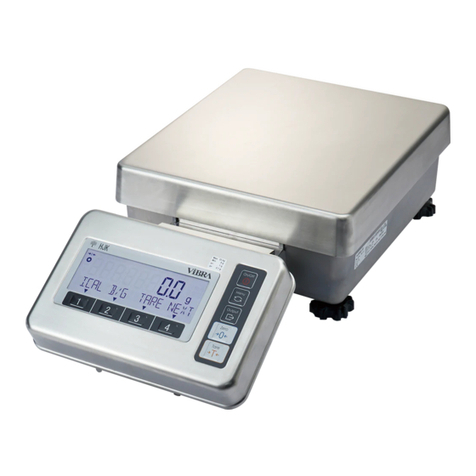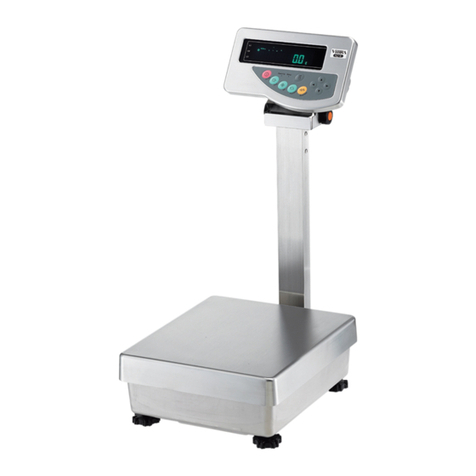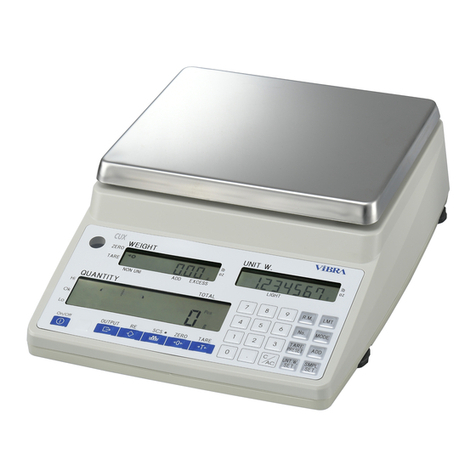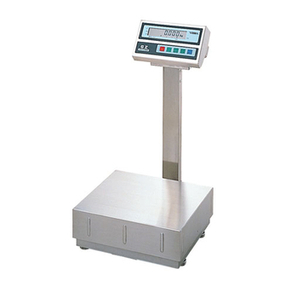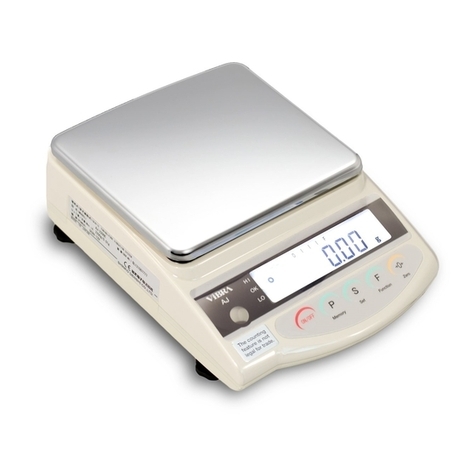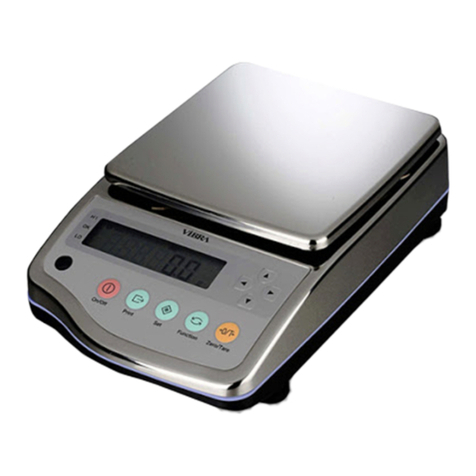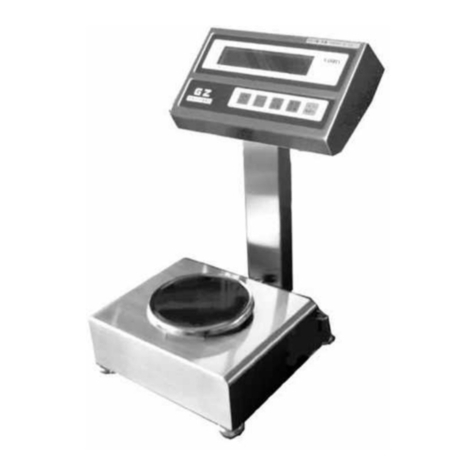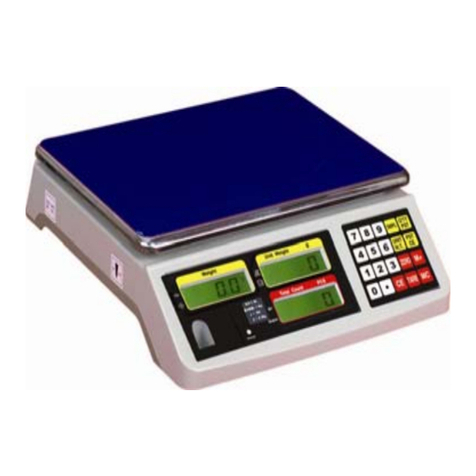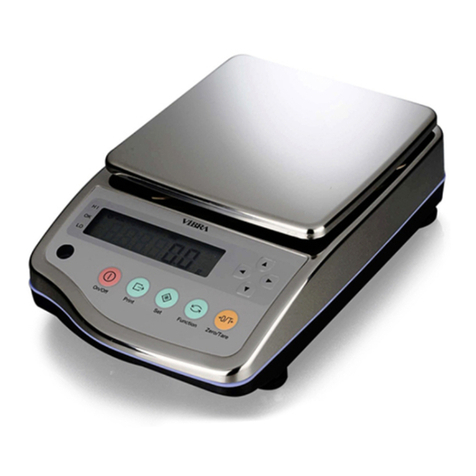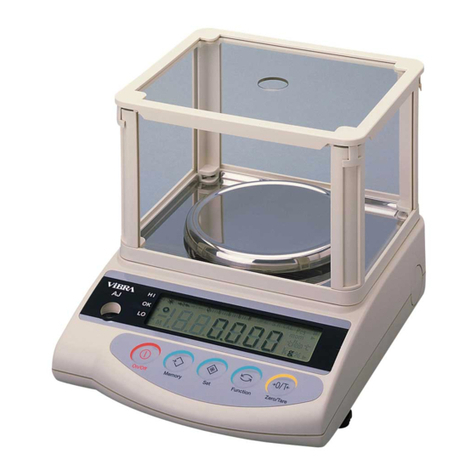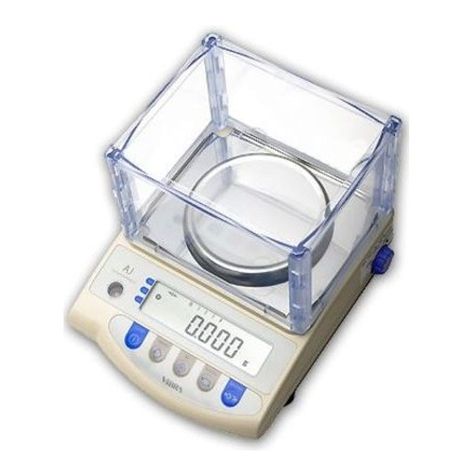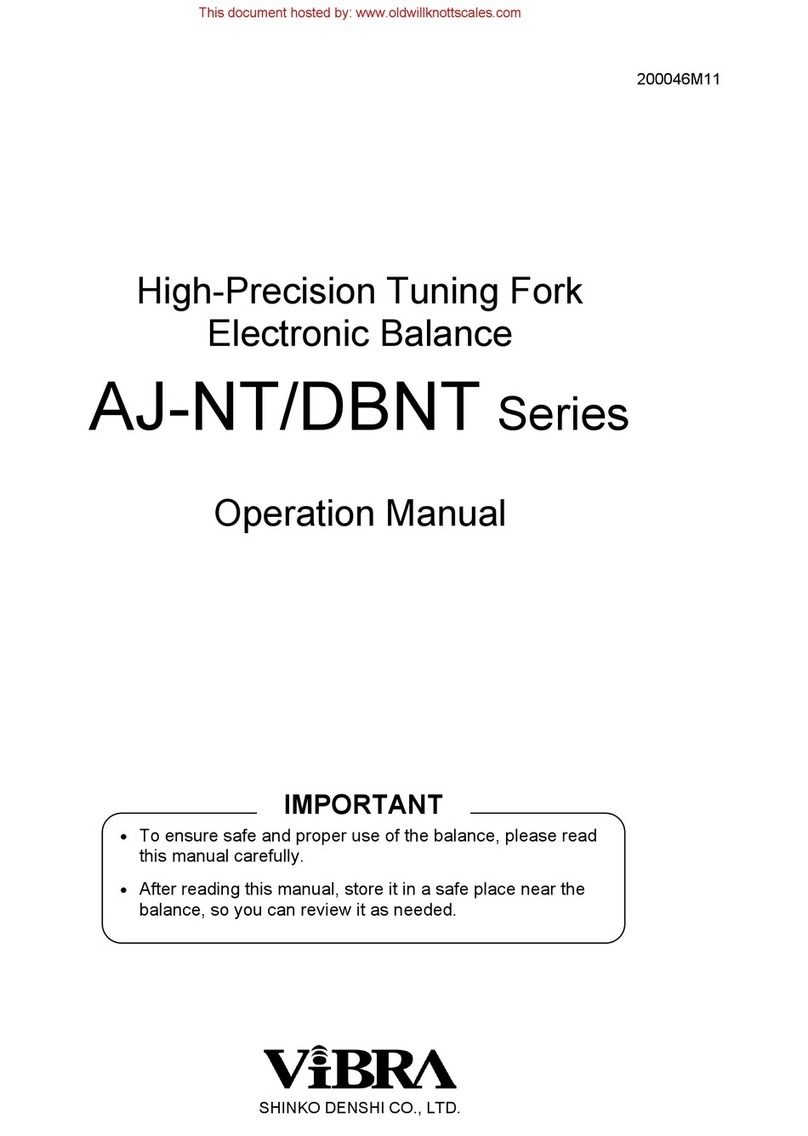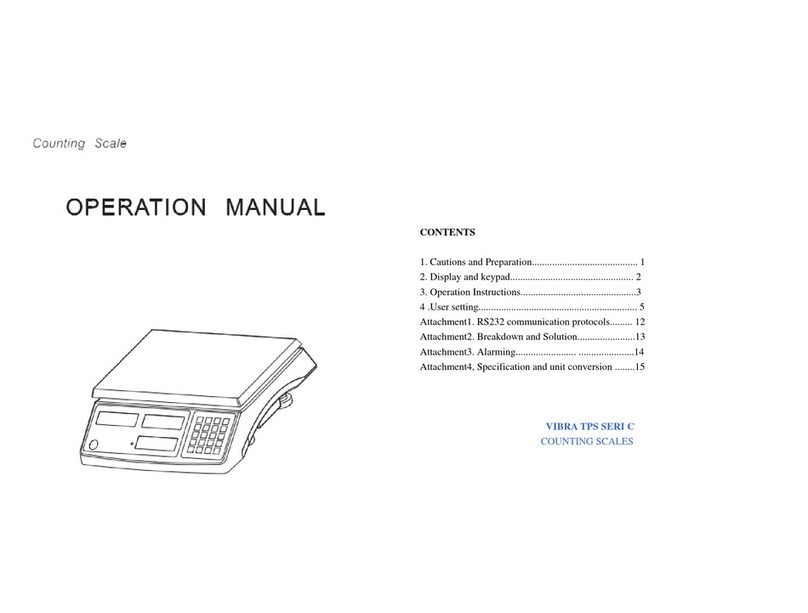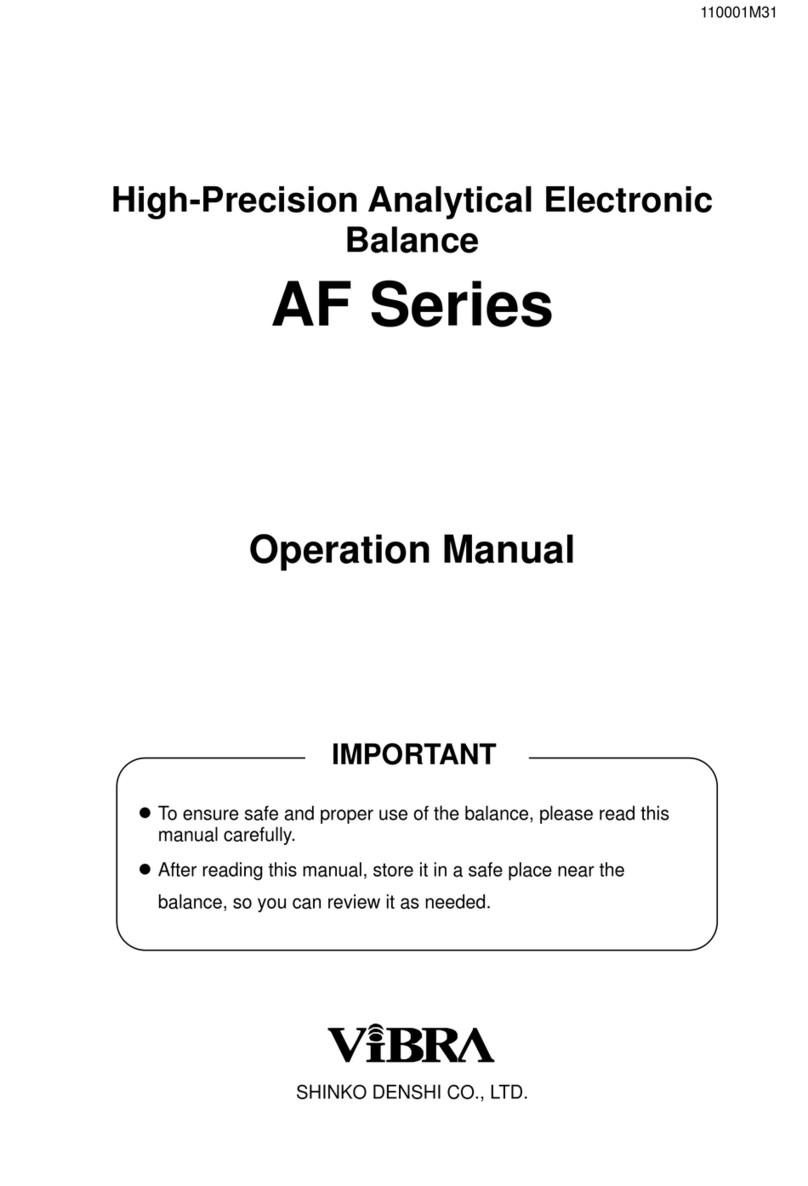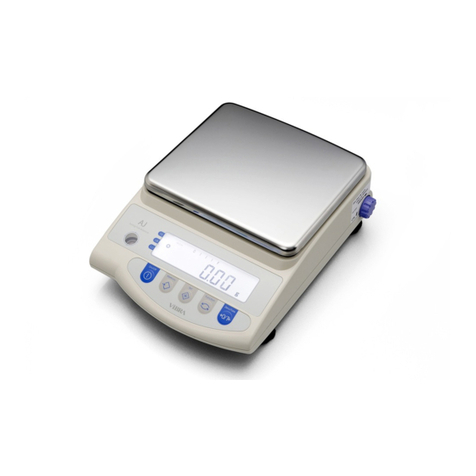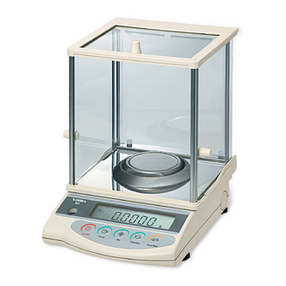
- vii -
Contents
Preface .................................................................................................................................. i
IECEx CERTIFICATE/Korean Certificate Safety ................................................................. ii
EU-TYPE EXAMINATION CERTIFICATE............................................................................ ii
Important Notice.................................................................................................................. iv
How to use this document.................................................................................................... v
Contents ..............................................................................................................................vii
1 Prior to use.................................................................................................................... 1
1-1 Precautions ........................................................................................................................ 1
1-2 For more accurate measurement ..................................................................................... 4
1-2-1 Precautions related to measuring environment ................................................................ 4
1-2-2 Precautions related to measuring table ............................................................................ 5
1-2-3 Precautions related to a specimen ................................................................................... 5
1-2-4 Precautions related to the main unit of a scale ................................................................. 6
1-3 Check for the articles contained in the box....................................................................... 7
1-4 Name and function of each section .................................................................................. 8
1-5 Assembling and installation.............................................................................................. 9
1-5-1 How to mount the pole and the indicator ........................................................................ 11
1-5-2 Mounting of the pan base and the weighing pan ............................................................ 13
1-5-3 Mounting of the windshield (Option) ............................................................................... 14
1-5-4 Installation of the power supply box................................................................................ 15
1-5-5 Leveling .......................................................................................................................... 19
1-5-6 Grounding....................................................................................................................... 20
1-5-7 Connecting to main power supply and starting up .......................................................... 21
2 Maintenance ............................................................................................................... 22
2-1 Care and cleaning method ............................................................................................. 22
2-2 Care and cleaning method in the case of heavy soil ...................................................... 22
2-2-1 How to remove the side windshield (Square pan) .......................................................... 23
2-2-2 How to remove the side windshield (Round pan) ........................................................... 24
2-3 How to replace the fuse.................................................................................................. 26
2-4 Maintenance of earth connection ................................................................................... 26
2-5 Troubleshooting.............................................................................................................. 27
3 Repair ......................................................................................................................... 28
4 Taking out of service and dismantling......................................................................... 28
Appendix ............................................................................................................................ 29
Appendix 1 Specification .............................................................................................................. 29
Appendix 1-1 Metrological specification................................................................................... 29
